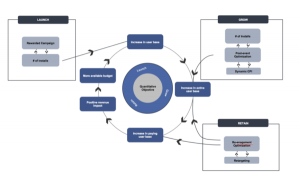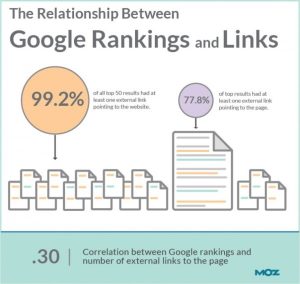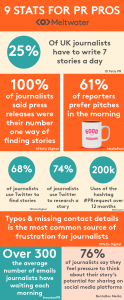As the Covid-19 pandemic continues to change the landscape of organizations around the world, business leaders are still struggling to adapt to the new norm. With many employees still working from home and nearly every industry conducting more business remotely, businesses have found it a challenge keeping employees engaged.
In years past, company culture was largely built in the office, and this changing landscape left many organizations scrambling to maintain a compelling company culture and positive employee engagement. This crisis, however, has provided an opportunity for organizations to take an innovative approach to engaging a distributed workforce.
Employee engagement
First discussed by William Kahn of Boston University in the Academy of Management Journal in 1990, employee engagement is a term with a fluid definition, continually evolving as needs drive management innovation. Kahn originally defined the term as a general approval and endorsement of the leadership of an organization from employees. He measured engagement as employee satisfaction, safety, and ability to express themselves.
Over the years, employee engagement has been refined into a far more useful metric. Alan Saks described the term in 2006 as actually being a composite of two different factors; job engagement and organizational engagement.
Though the two are similar, they warrant vastly different strategies to encourage their development. Job engagement is primarily about satisfaction within one’s tasks and feeling that they are adequately prepared and trained for those tasks. Organizational engagement is more the traditional view of engagement- employees’ feelings that they are supported by management, are able to speak their mind and give feedback, have clearly defined and achievable goals, and are able to grow.
Remote work and company culture disruption
Unexpected transitions to remote work and lower staffing strengths were an extreme disruption to company culture and employee engagement in 2020, but unexpected as it was, the trend continues into 2021. The effect of this transition was detrimental to workers’ engagement as all their support systems were ingrained into the office space and physical proximity.
A recent Gallup Poll found that worry, stress, and anxiety grew over 10% each among surveyed employees after the transition from in-house to remote work.
Many companies take a great deal of pride in their unique company culture, as they should. A company’s culture is the unified attitude and shared experience of all members of an organization, and it is one of the prime ways that a company can make employee engagement part of the lifestyle of a workplace. Many employers with an increased remote workforce are finding that their hard-built company culture translated poorly into a work from home environment.
As the workforce will likely retain some elements of remote work culture in the future, innovation has increased to rectify these issues. After the 2008 financial crisis, many new strategies developed for keeping employees engaged during tumultuous times and the market will similarly adapt here. The businesses that are keen to edge out the competition will be part of this trend to drive employee engagement into this new era.
Solutions and innovation to drive employee engagement
Many companies have been seeking novel ways to engage employees to achieve better results and better retention. For example, some organizations have developed ways to alleviate the stresses of working from home by addressing specific issues that remote workers face.
Though sponsored childcare and youth programs are well-established ways to drive organizational engagement, many companies are now offering remote activities for children in the house so that remote workers can better concentrate on their work.
Though novel approaches to engagement are great to see, traditional management tactics with a modern flair offer another avenue to keep employees engaged. Employees often feel more engaged and satisfied with their work if they feel supported and prepared. While in an office that is a part of a supervisor’s daily management routine, it’s important not to neglect that structure for remote employees. According to Gallup, 40% more polled employees feel engaged in their work when they receive adequate follow-up and are properly prepared for tasks.
Developing a new culture of structure and supervision in a changing work environment can be difficult, but luckily market-driven innovation offers help in that regard. Innovative organizations are implementing solutions like modern intranet to bridge the gap between departments, and create a virtual water-cooler for employees who might otherwise be disconnected. Improving communications can not only drive employee engagement, but also improve company culture.
Navigating the changing organizational landscape alone isn’t necessary, when the innovation of others offers out-of-the-box solutions for business leaders . With a little thinking outside the box and the many tools available to help engage employees, this ongoing crisis doesn’t have to be a death blow to your workforce, but instead, a new beginning.
Business & Finance Articles on Business 2 Community
(22)








